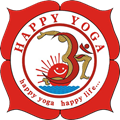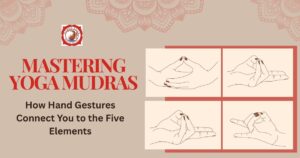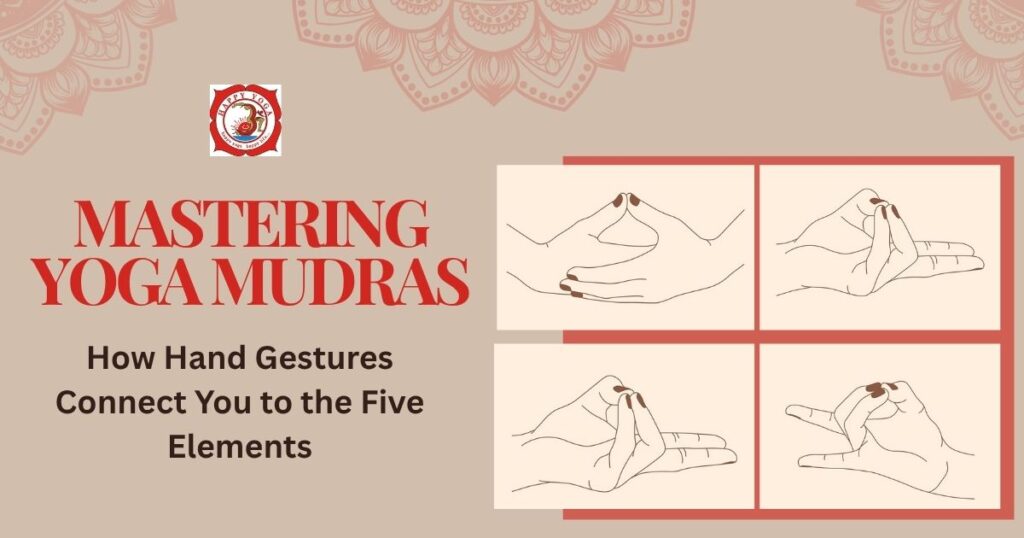Anulom Vilom: A Yogic Breathing Practice
We live in an age where our minds are constantly racing, our screens rarely turn off, and stress has become our constant companion; yet, our breathing often goes unnoticed. It holds the infinite power to transform our lives if we focus on it. Anulom vilom, a simple yogic breathing technique, has the power to heal, balance, and give clarity to our minds. In ancient science, pranayama, specifically anulom vilom, or alternate nostril breathing, is not only for the betterment of our well-being but also was practiced by yogis, gurus, and seekers to cleanse the body, promote clarity and concentration, and align our inner energies.

What is Anulom Vilom?
Anulom Vilom is part of the breathing pranayama, which involves breathing through one nostril while the other is closed, and then repeating the same process for the other side. Unlike the intense physical exercises we do with lifting weights or any other exercise that needs strength, this is an anulom vilom breathing technique that is easy, yet effective. The breathing is done through alternate breathing in a rhythmic pattern.
How to Practice Anulom Vilom?
Practicing anulom vilom does not require any tools, but a technique is needed to gain maximum benefits from it. Below are step-by-step guidelines to perform anulom vilom:
- Sit with your spine and neck straight.
- Gently close your eyes, bringing your focus to breathing while enjoying your environment.
- Keeping the right nostril closed, inhale through your left nostril, gently and deeply.
- Then close the left nostril and exhale through the right one.
- For the alternate, close your left nostril and inhale through the right nostril.
- And then exhale through the left nostril.
Remember—breathing slowly and not forcing your breathing to overextend is a key to this technique.

Benefits of Anulom Vilom
Regular practice of anulom vilom offers numerous benefits to both the body and mind. Let’s explore Anulom Vilom Benefits.
1. Reduce Stress and Anxiety
Anulom Vilom offers you an effective way to manage stress and anxiety, such as fatigue, irritability, sleep disorders, and even physical pain, as it calms our nervous system, which is the powerhouse, consisting of two types: the parasympathetic and sympathetic nervous systems. During our stressful times, the sympathetic nervous system becomes overactive by turning on fight or flight responses. This activity leads to a faster heart rate, affects our breathing flow, and leads to anxiety. By practicing anulom vilom, it opens the parasympathetic nervous system, which is responsible for the rest and digest response.
2. Boosts in Concentration and Mental Focus
Sometimes, we fail to focus because of our constant distractions from the outer world. This is where Anulom Vilom plays a role by slowing down the breath and giving calmness to the mind through alternate nostril breathing. Anulom Vilom Pranayama enhances our oxygen flow to the brain, as a well-oxygenated brain functions better, resulting in improved alertness, sharpened concentration, and memory retention.
3. Enhances Lung Capacity and Function
If practiced regularly, then the most noticeable benefit is its powerful impact on lung capacity to breathe and strengthen the lungs, as it improves the elasticity and enhances overall oxygen efficiency, leading to better oxygen absorption, which is essential for cellular energy and reducing fatigue.
4. Helps in the Detoxification of the Body
Through a poor diet, pollution, stress, and even negative emotions, our body accumulates toxins. If not cleared regularly, these toxins can lead to fatigue, skin issues, and digestive problems, and also weaken the immune system. Anulom Vilom Pranayama acts as a powerful cleanser, detoxifying the body’s toxins and helping to nourish and purify the blood.
5. Supports Heart Health
Cardiovascular health issues, such as elevated blood pressure and increased heart rate, also disrupt the function of our heart. Because the heart is not only an organ but also connected to our emotions and mental states, practicing anulom vilom offers a natural way to support our heart rate. While doing alternate nostril breathing (anulom vilom), focusing on the breath helps restore the strain on the heart.

Anulom Vilom Pranayama Vs Other Breathing Techniques
Although yoga has a variety of pranayama techniques, Anulom Vilom is different due to its ease of approach.
Breathing like Kapalbhati involves fast inhalation and exhalation to energise the body and mind, whereas Anulom Vilom Pranayama is gentle, slow, and deeply calming, making it accessible to everyone. Other pranayamas, including nadi shodhana, involve breath retention, also referred to as kumbhaka. Both practices work to purify the nadis. Anulom Vilom Pranayama is a technique where we hold our breath for a while, making it easier and much safer. At the same time, each breathing technique has its unique benefits, such as anulom vilom, which strikes a perfect balance of simplicity and depth.
Best Time to Practice
Timing, consistency, and environment play an essential role in maximising the benefits from anulom vilom. While anulom vinyasa can be practiced at any time of the day, some specific gateways align with the body’s natural rhythm.
The most effective time to practice anulom vilom Pranayama is in the morning, especially from 4:30 am to 6:30 am, as this is the time of Brahma Muhurt, the time when it is spiritually activated because the environment around us is still and the air is pure.
For most people, waking up in the morning isn’t possible, so the next best time to practice the breathing technique is around sunset or in the evening. However, it is always advisable to have an empty stomach during this time or at least 2 – 3 hours after a meal to avoid any discomfort in the body.
How often should you do it?
When it comes to how long you should practice, regular practice is more important than the duration; however, beginners can start with just five to seven minutes a day, practicing slowly. While practicing regularly, you become comfortable, then slowly increase your time to fifteen to twenty minutes. Practitioners can perform it twice a day, once in the morning and once in the evening.

Precautions to Take Before Practicing Anulom Vilom Breathing
Anulom Vilom is safe for everyone, while the following are the tips that you should consider to avoid any discomfort in your body:
- Finding a clean space or a well, air-conditioned one.
- Always keep your eyes closed to deepen your concentration.
- Try to practice anulom vilom at the same time of day.
- Sit comfortably with the back spine and neck straight.
- Be extra careful if you have a serious medical issue, such as respiratory issues or high or low blood pressure.
- Avoid during pregnancy unless advised by the doctors
- Always choose the proper technique to gain benefits from it.
Also Read – 5 Easy Pranayama To Practice Every Day
Conclusion
A world full of noise, overthinking, and scrolling has made true peace from within seem rare, but not unreachable. By practicing anulom vilom, it reminds us that to be healed entirely, we don’t need any extra equipment; instead, sometimes it takes the breath. Anulom vilom is more than just breathing, as it allows us to reconnect with the inner and, more profoundly, stillness. One question most commonly asked is what makes anulom vilom so powerful—no tool, it’s just you and your breath, and a few moments or a break from your daily life, as it guides you towards a more meaningful and mindful life.
If you’re looking to explore such ancient wisdom more deeply, the 200 Hour Yoga Teacher Training Rishikesh at Happy Yoga International offers the perfect opportunity to immerse yourself in breathwork, mindfulness, and authentic yogic living. After all, it’s just you, your breath, and a moment of stillness that can lead you toward a more meaningful and mindful life.
Frequently Asked Questions
Q1: Can Anulom Vilom be done at night?
Ans: Yes, anulom vilom can also be practiced at night, providing calmness and promoting better sleep.
Q2: What is the best time to practice anulom vilom?
Ans: Practicing anulom vilom in the morning and evening is the ideal time.
Q3: What is the difference between nadi shodhana and anulom vilom?
Ans: Both Nadi Shodna and Anulom Vilom do similar work; Nadi Shodna has only one difference, that it includes breath retention.
Q4: What precautions should be taken while practicing anulom vilom?
Ans: Practice on an empty stomach, avoid forcing your breath, and maintain a slow and steady pace.

200 Hours YTTC || 100 Hours YTTC || 300 Hours YTTC || 500 Hours YTTC || Yoga Retreat in Rishikesh











